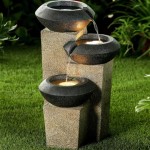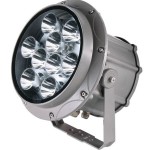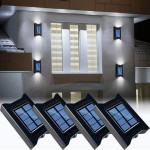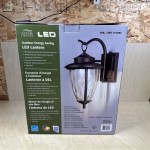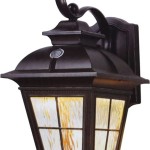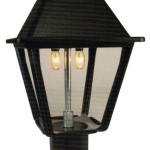What Material Are Outdoor Cushions Made Of?
Outdoor cushions transform patios, decks, and balconies into comfortable and inviting spaces. Their ability to withstand the elements is crucial for longevity and maintaining their aesthetic appeal. Understanding the materials used in their construction is essential for making informed purchasing decisions.
Cushion Fill Materials
The filling provides the cushion's comfort and support. Several materials are commonly used, each offering different benefits and drawbacks.
Polyester fiberfill is a popular choice due to its affordability and resistance to mildew and mold. It offers decent comfort and dries quickly after rain. However, it may flatten over time and lose its shape with repeated use. Different grades of polyester fiberfill exist, with higher grades offering increased resilience and longevity.
Foam, particularly closed-cell foam, provides excellent support and comfort. It's resistant to moisture and mildew, making it ideal for outdoor use. Quick-drying reticulated foam is specifically designed to allow water to pass through, preventing it from becoming waterlogged. However, foam can be more expensive than polyester fiberfill.
Shredded foam offers a balance between comfort and resilience. It provides a softer feel than solid foam while retaining its shape better than polyester fiberfill. Like solid foam, it's also resistant to moisture and mildew.
Cushion Cover Fabrics
The outer fabric of an outdoor cushion must withstand sun exposure, rain, and other environmental factors. Several performance fabrics offer the necessary durability and weather resistance.
Solution-dyed acrylic is a popular choice for its resistance to fading, mildew, and water. The color is incorporated into the fibers during production, resulting in superior colorfastness. It's also durable and easy to clean, often requiring only soap and water.
Polyester is another common option, offering good resistance to mildew and fading, though not as high as solution-dyed acrylic. It's generally less expensive than acrylic and comes in a variety of colors and patterns.
Olefin is a strong, durable fabric known for its resistance to abrasion, staining, and fading. It's also resistant to moisture and mildew, making it a good choice for outdoor cushions. Olefin fabrics can be slightly rougher in texture compared to acrylic or polyester.
Sunbrella® is a high-performance acrylic fabric specifically designed for outdoor use. It's exceptionally durable and resistant to fading, mildew, and water. Sunbrella® fabrics come with a warranty against fading, demonstrating their long-lasting color vibrancy.
Construction and Features
Beyond the core materials, several construction features influence an outdoor cushion's performance and longevity.
Welted seams provide a tailored look and add strength and durability to the cushion cover. They also help prevent moisture from seeping into the seams. Double-stitched or reinforced seams offer further protection against wear and tear.
Zippers allow for easy removal of the cushion cover for cleaning or replacement. Look for zippers made from rust-resistant materials, such as nylon or plastic. Hidden or concealed zippers provide a cleaner aesthetic and protect the zipper from the elements.
Ties or Velcro closures help secure the cushion to the furniture frame, preventing it from slipping or blowing away in windy conditions. These features are particularly important for cushions used on chairs or benches.
Water-resistant coatings can be applied to fabrics to enhance their water repellency. These coatings help prevent moisture from penetrating the fabric, keeping the cushion filling dry. However, it's important to note that water-resistant doesn't mean waterproof, and cushions should still be protected from prolonged exposure to heavy rain.
UV inhibitors are added to some fabrics to help protect them from the damaging effects of the sun's ultraviolet rays. These inhibitors help prevent fading and degradation of the fabric, extending the cushion's lifespan.
Choosing the right outdoor cushions involves considering the climate, frequency of use, and desired level of comfort. By understanding the different materials and construction features available, informed decisions can be made, ensuring comfortable and durable outdoor seating for years to come.

What Materials Are Outdoor Cushions Made From Cushion Factory

Fabric For Outdoor Cushions Sunbrella

Diy Outdoor Cushions A Erfly House

Sew Easy Outdoor Cushion Covers Confessions Of A Serial Do It Yourselfer

Dyed Outdoor Cushions Rit Dye

Waterproof Aqua Blue Outdoor Cushion Mcalister Textiles

Outdoor Cushion Cover 50x50 Tessuti Sand Basil Bangs

Montana Standard Outdoor Cushion Set

Warwick Sundec Outdoor Cushion Cover

Sunbrella Outdoor Cushion With Stripes 20 In X Mh2024034 Réno Dépôt
Related Posts
